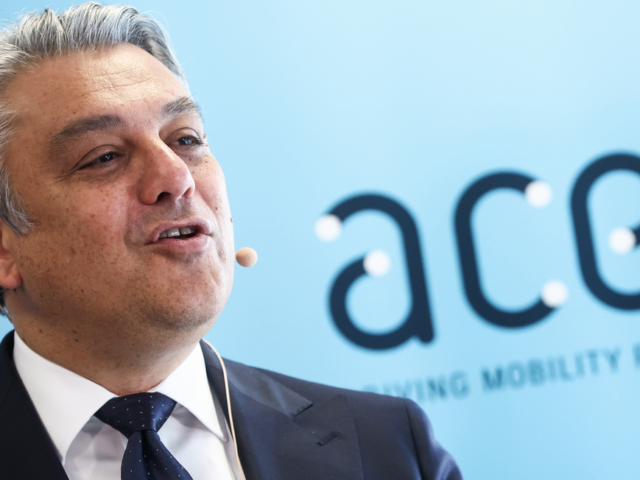
Dutch power grid will be problematic in large parts until 2029

Will you soon not be able to charge your car whenever you want in the Netherlands? The electricity grid there is under pressure because companies and consumers are increasingly demanding extra capacity at an accelerating pace /Alliander
The Dutch electricity grid is becoming increasingly saturated. Top executive Maarten Otto of energy network company Alliander confirmed this


Comments
Ready to join the conversation?
You must be an active subscriber to leave a comment.
Subscribe Today